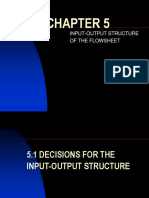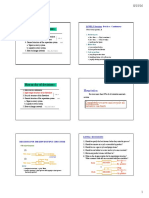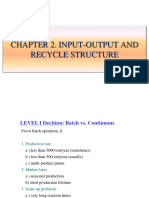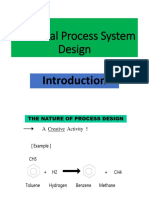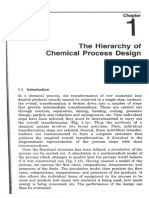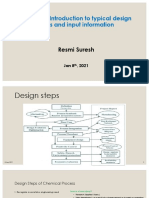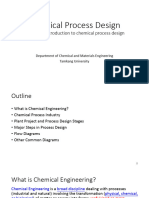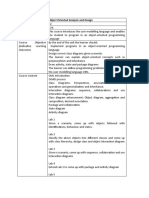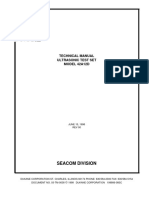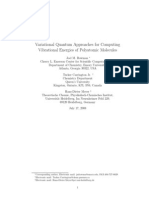0% found this document useful (0 votes)
7 views27 pagesInput Output Structure
The document outlines the process plant design focusing on the input-output structure of flowsheets, decision-making for feed purification, and the economic trade-offs involved. It discusses the recovery or recycling of by-products, the classification of product streams based on boiling points, and the evaluation of flowsheets to ensure all components are accounted for. Additionally, it emphasizes the importance of design variables and overall material balance in optimizing the process.
Uploaded by
cookielovescream145Copyright
© © All Rights Reserved
We take content rights seriously. If you suspect this is your content, claim it here.
Available Formats
Download as PDF, TXT or read online on Scribd
0% found this document useful (0 votes)
7 views27 pagesInput Output Structure
The document outlines the process plant design focusing on the input-output structure of flowsheets, decision-making for feed purification, and the economic trade-offs involved. It discusses the recovery or recycling of by-products, the classification of product streams based on boiling points, and the evaluation of flowsheets to ensure all components are accounted for. Additionally, it emphasizes the importance of design variables and overall material balance in optimizing the process.
Uploaded by
cookielovescream145Copyright
© © All Rights Reserved
We take content rights seriously. If you suspect this is your content, claim it here.
Available Formats
Download as PDF, TXT or read online on Scribd
/ 27




